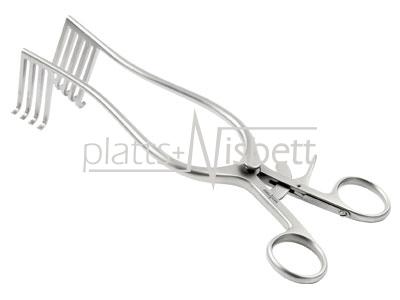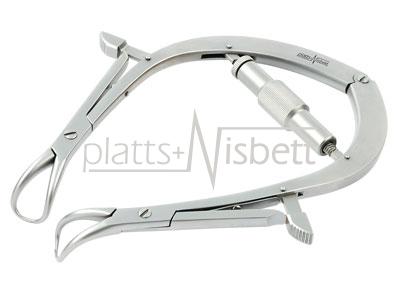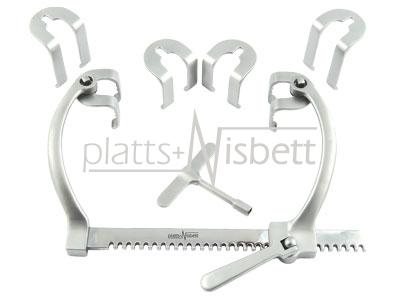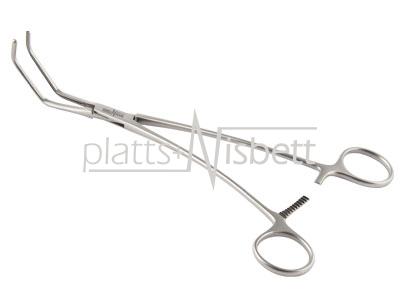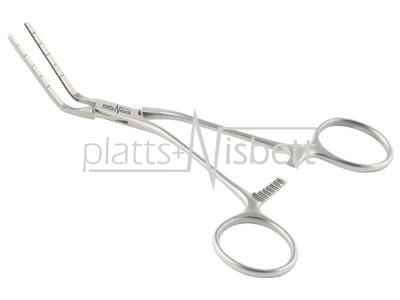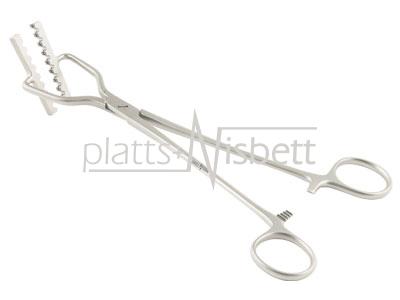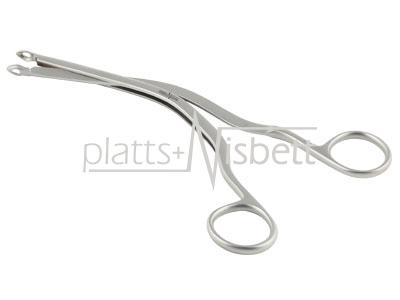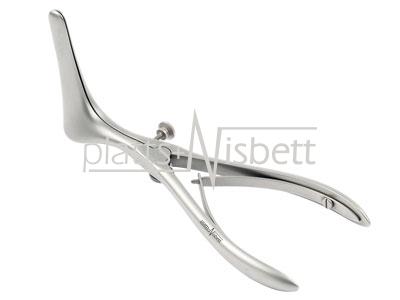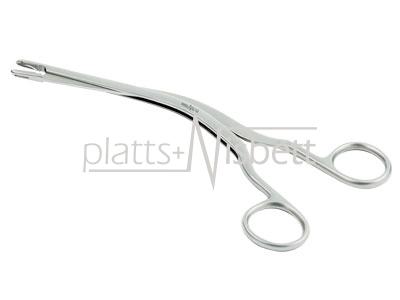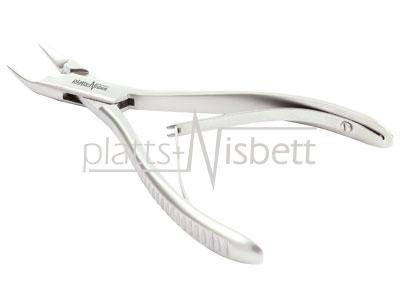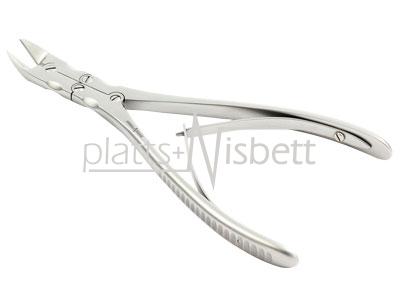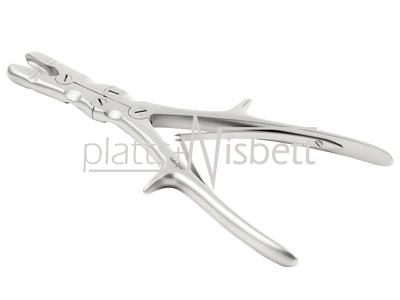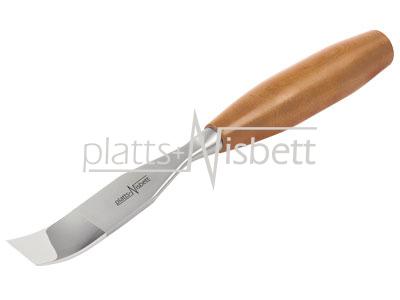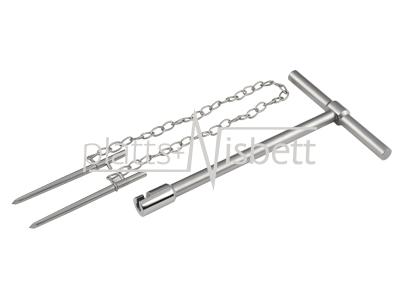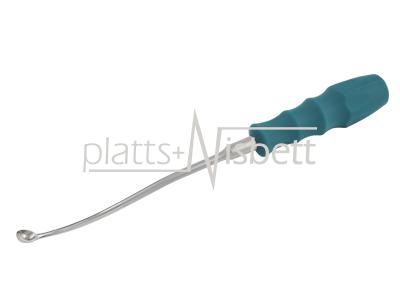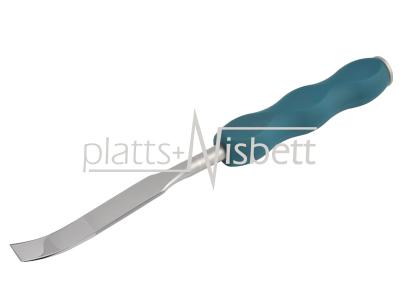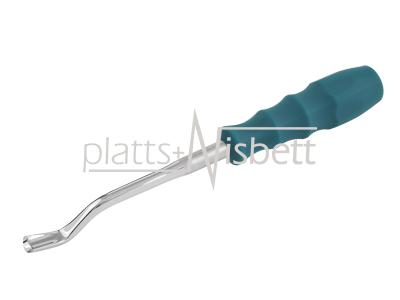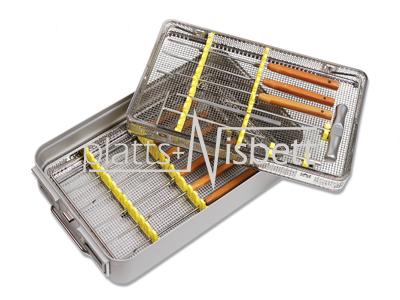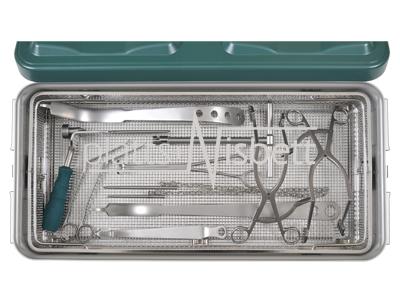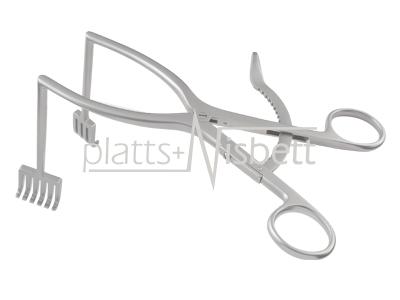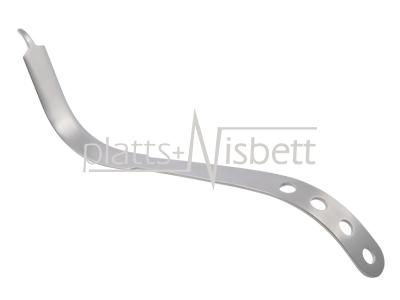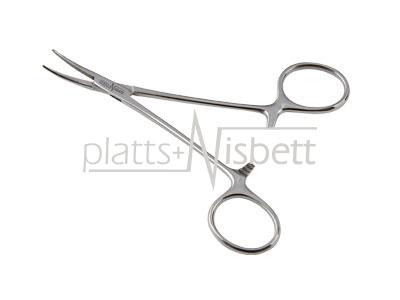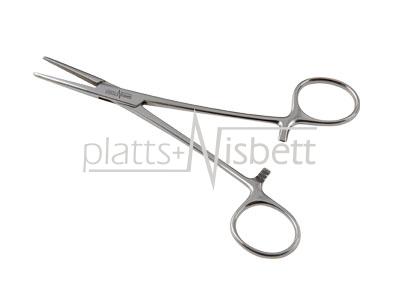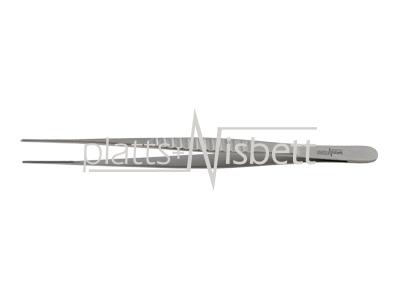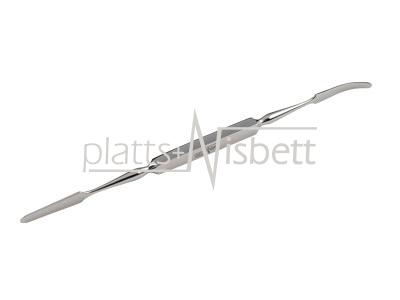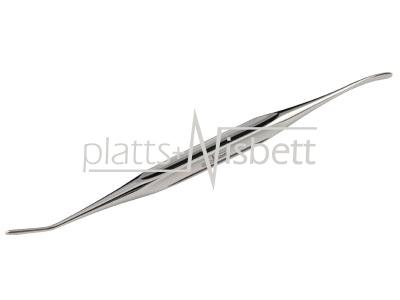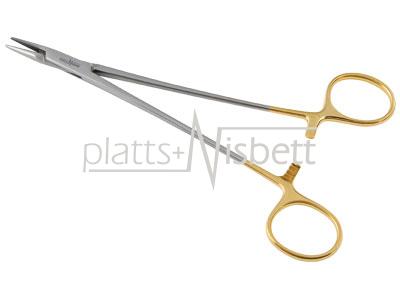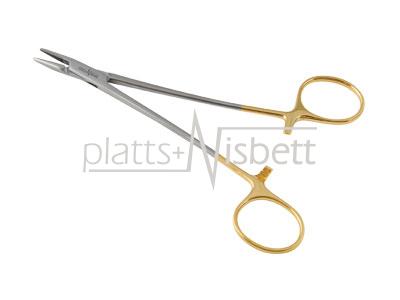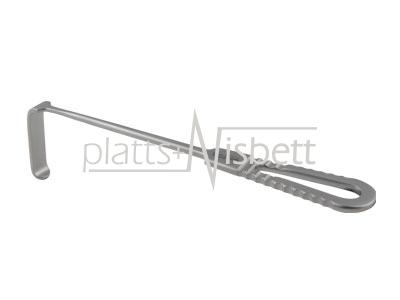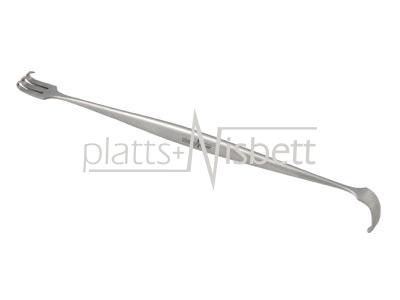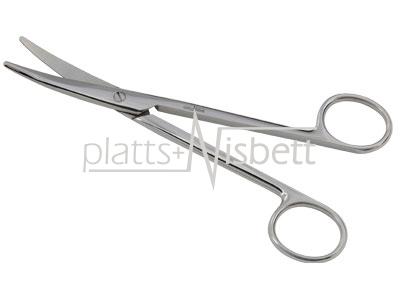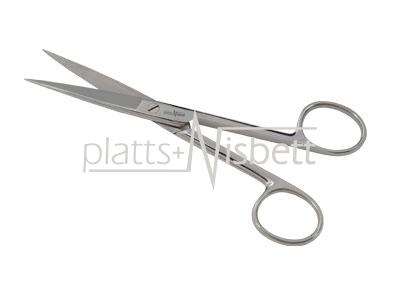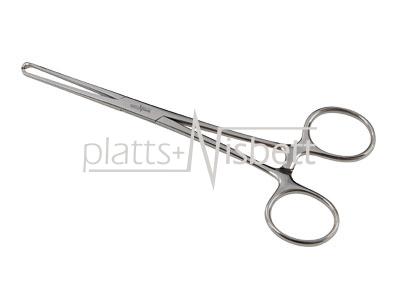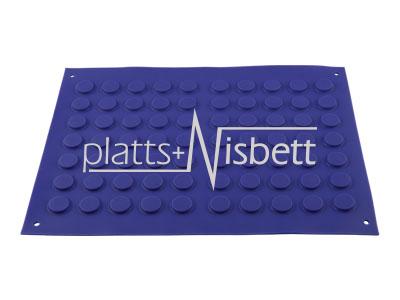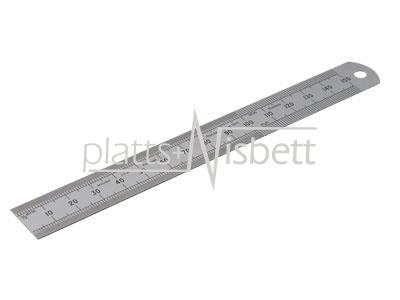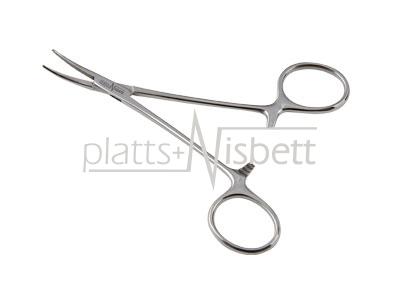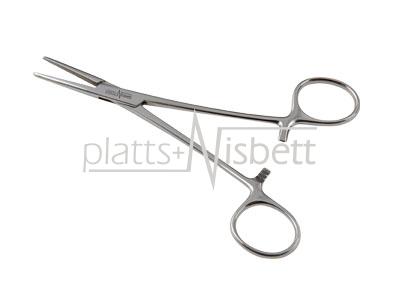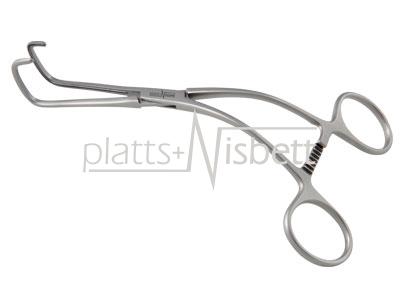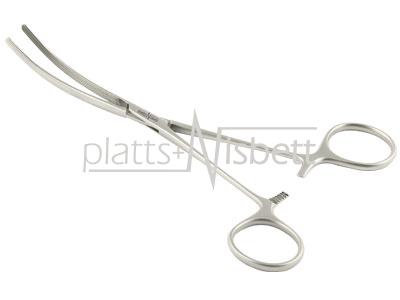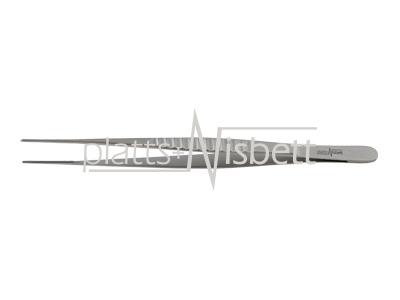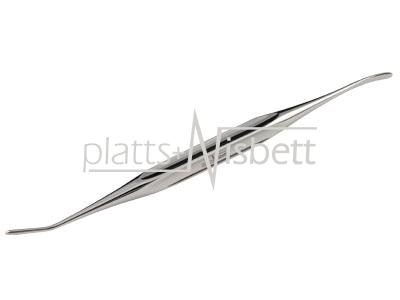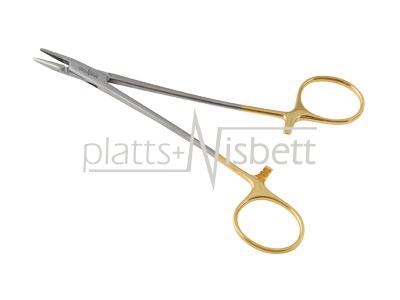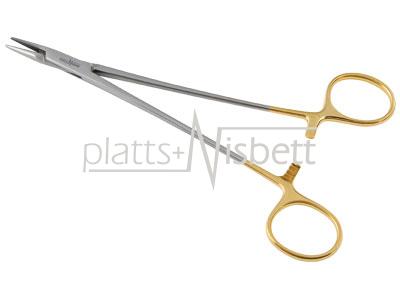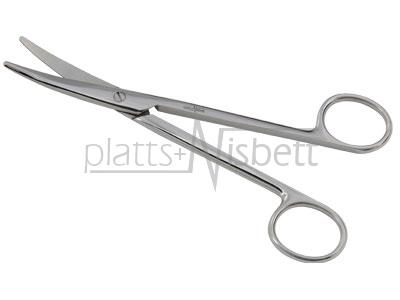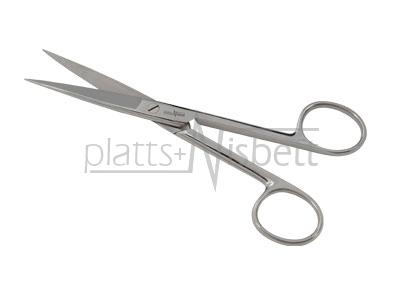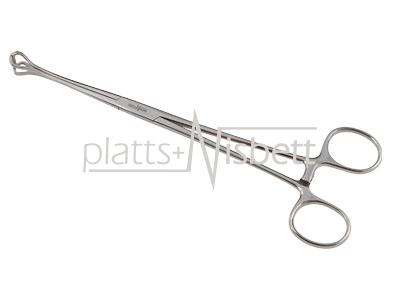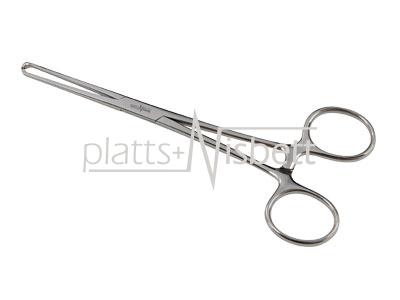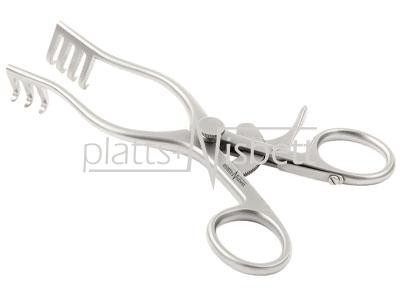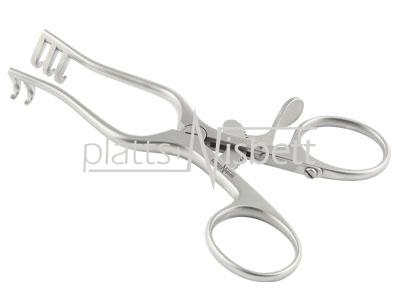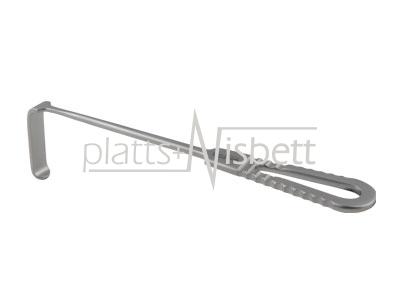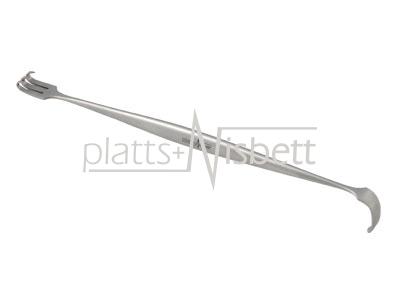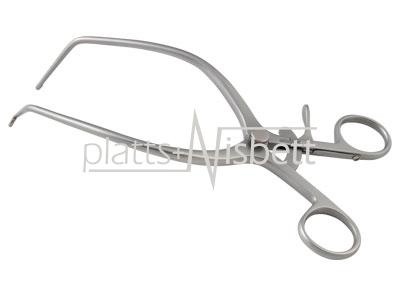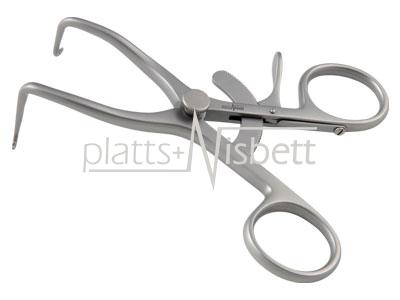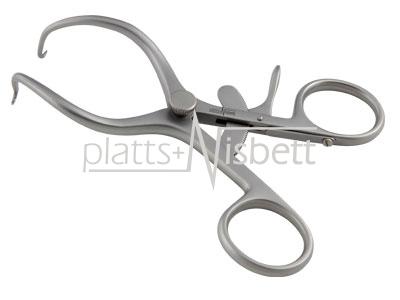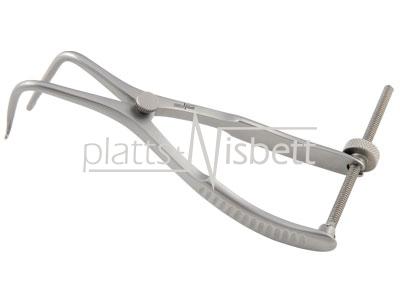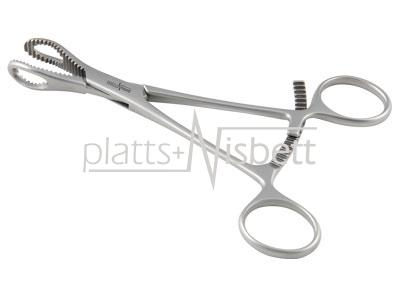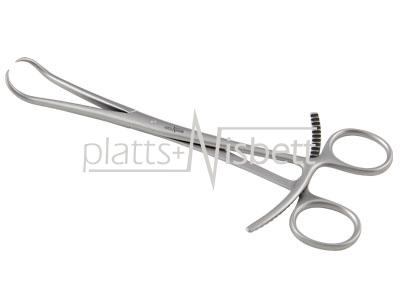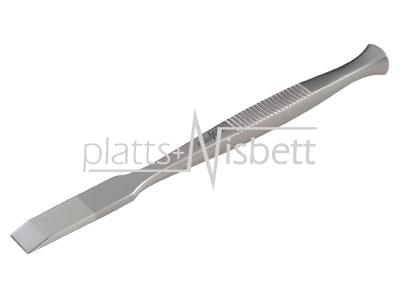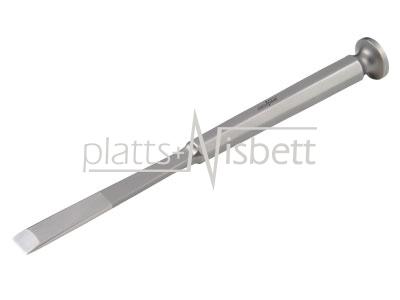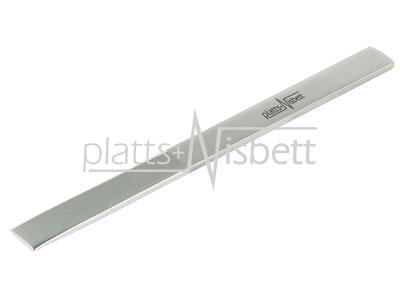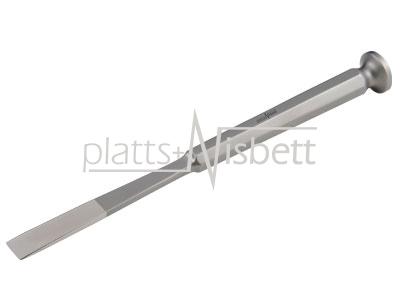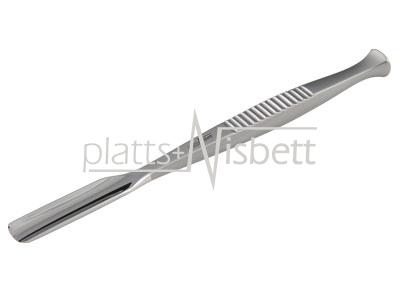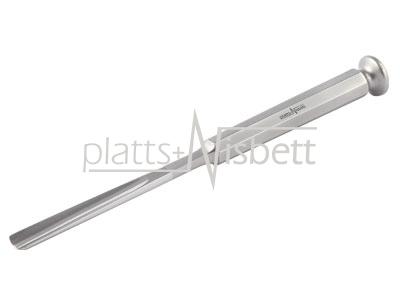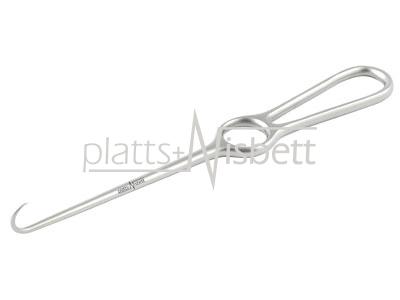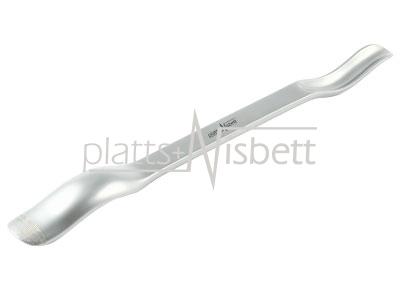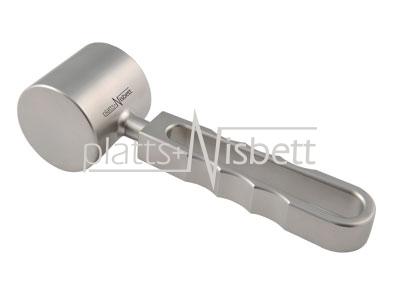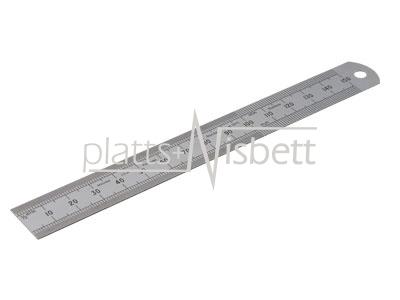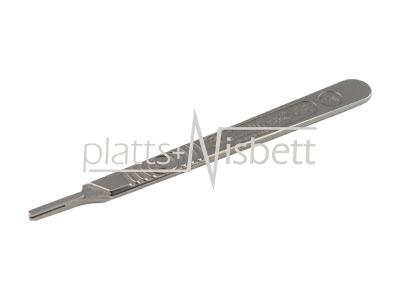The Development of Stainless Steel

The inventor of Stainless Steel, Harry Brearley was born in Sheffield in 1871. He was the son of a steel melter, and left school at the age of twelve to begin work in a laboratory washing bottles. In his own time he undertook private study and attended night school, becoming an expert in the analysis of steel and its production. After establishing a reputation for solving metallurgical problems, Brearley was given an opportunity to set up the Brown Firth Laboratories in 1908. This was financed by two leading Sheffield steel companies, and was a revolutionary idea for its time.
In 1912 Brearley was asked to help a small arms manufacturer, who was encountering problems during manufacture. The internal diameter of rifle barrels was eroding away too quickly, so he was looking for a steel with better resistance to erosion, not corrosion. He decided to experiment with steels containing chromium, as these were known to have a higher melting point than ordinary steels.
Firstly, he used the crucible process, then more successfully an electric furnace, producing a number of different melts of 6% to 15% chromium, with varying carbon contents. The first true stainless steel was melted on 13th August 1913. It contained 0.24% carbon and 12.8% chromium.
During this time table cutlery was silver or nickel plated. Cutting knives were made of carbon steel which had to be thoroughly washed and dried after use, and any rust stains would have to be removed using carborundum stones. Brearley immediately realised that this discovery could revolutionise the cutlery industry, one of the biggest employers in Sheffield. He had knives made at a local cutlers, and to begin with referred to his invention as “rustless steel”. This obviously then became better known as stainless steel.
Within a year of Brearley’s discovery, Krupp in Germany were experimenting by adding nickel to the melt. Brearley’s steel could only be supplied in the hardened and tempered condition, but the Krupp steel was more resistant to acids, was softer and therefore easier to work. These two inventions saw the “400” series of martensitic and “300” series of austenitic stainless steels being developed prior to the First World War.
The war itself generally put a halt to the development of stainless steel, but in the 1920’s a variety of chromium and nickel combinations were tested. Once these materials had been accepted, the race was on to find cheaper ways of mass producing them. Most of the standard grades were invented between 1913 and 1935, and are still in use today.
